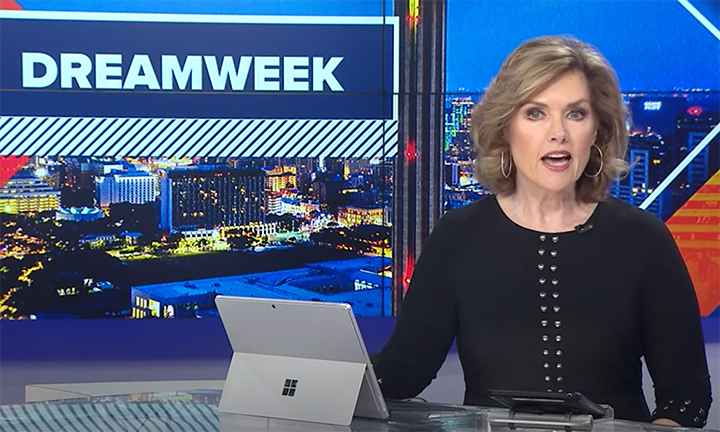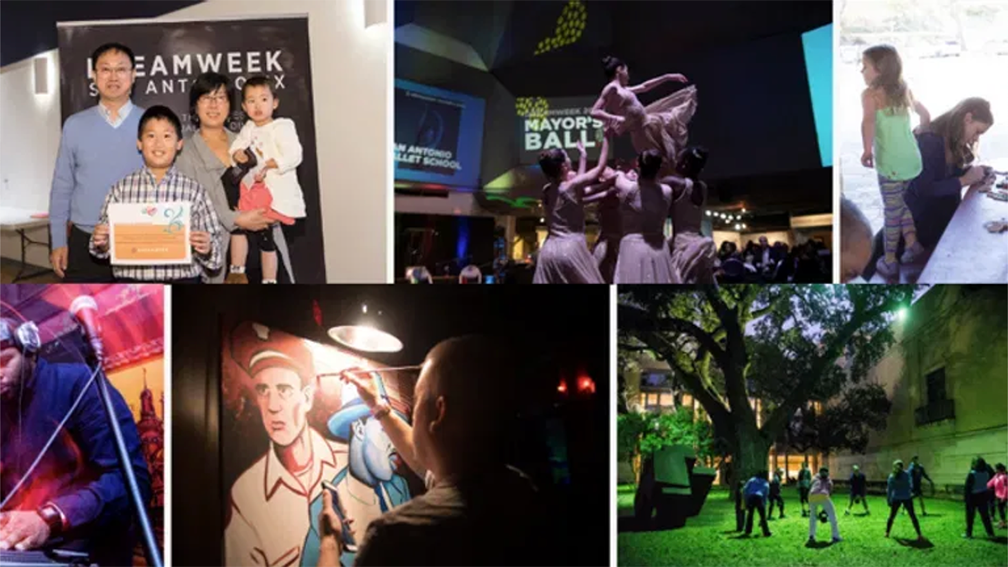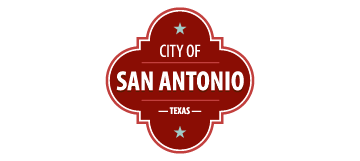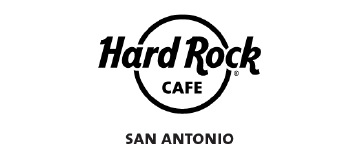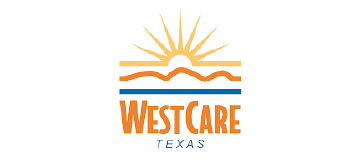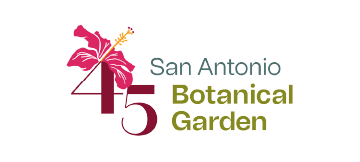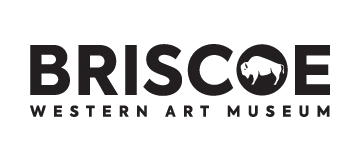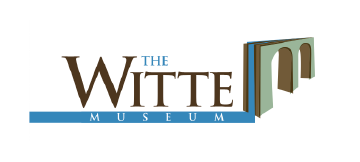
When he considers the devastation of conflicts in Gaza and Sudan, DreamVoice founder Shokare Nakpodia asserts that the seeds for global peace are first sown at home. Through dialogue, compassion and an understanding that each person has a singular perspective, we can then begin to envision change, he said.
With this ethos and the spirit of Martin Luther King Jr. built into its DNA, DreamVoice’s annual DreamWeek summit will feature over 230 events across 100 San Antonio venues from Jan. 12-28.
“The thing that would bring about peace and goodwill in this world does not exist presently, otherwise there would be peace,” said Nakpodia. “So how do we go about setting a stage to allow that to come about?”
For Nakpodia, community-born activities — from thoughtful panel discussions to cultural events and opportunities for proactive compassion — are apt starting points.
Since its inception in 2013, DreamWeek has grown to become what Nakpodia calls “the largest community-curated summit in the nation.” The two-week-long series features a constellation of ticketed and free opportunities for all ages.
This year’s celebration, The Compassion Drive, will introduce several inaugural events, including the debut of Dreamstage at Pearl with a free jazz concert on Friday, Jan. 12, featuring the Aaron Prado Quartet; Soul Spot DJ sets on Saturday, Jan. 13; and Gospel and Soul music by Devsoul and Friends on Jan. 14.
The complete DreamWeek events schedule is available to browse, and we’ve put together some highlights from this year’s lineup below.
Kick-off events
Civic leaders will help lead the DreamWeek festivities throughout the summit.
Donna Costa, restorative practices and trauma-informed care trainer and Technical in Bexar County’s Office of Criminal Justice, will kick things off as keynote speaker at Friday’s opening ceremony breakfast at 7:30 a.m. in the Jack Guenther Pavilion at the Briscoe Western Art Museum.

The 12th annual San Antonio DreamWeek offers a packed series of civic-engagement events scheduled around Martin Luther King Jr. Day. How packed? So packed that it’s long outgrown its name, now spanning the better part of a month — from Jan. 12-28. Founded by San Antonio ad exec Shokare Nakpodia, the ever-expanding series of lectures, concerts, celebrations, discussions and happenings is designed to promote conversations around race, social justice and empowerment.
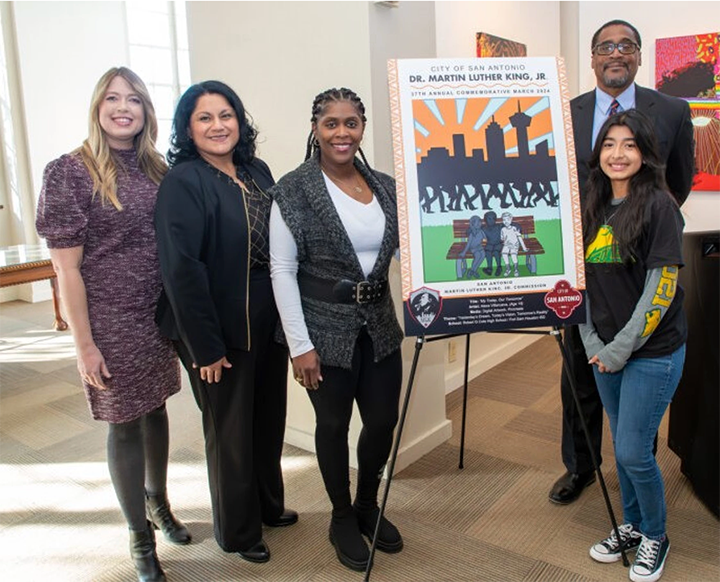
Ahead of the Dr. Martin Luther King March and Celebrationon Monday and only days before the 17-day Dreamweek begins, the City of San Antonio named a winner in its poster art contest.
The Department of Arts and Culture’s Krystal Jones explained that “every year, our department partners with the Dr. Martin Luther King Junior Commission to launch a student art contest,” Jones said. “And so we had students from all around San Antonio submit artworks. And we just announced a winner at the Carver Community Cultural Arts Center: Alexa Villanueva [for] her artwork, My Today, Our Tomorrow, is the winner of this year’s celebration.”
The 15 year-old from Cole High School was selected from among 82 entries, and she said the honor was overwhelming.
“Just absolutely thrilled and very gracious. She is a student at Robert G. Cole High School, and she really wanted to honor her art teacher, which is the person who told her about the contest,” Jones said. “She’s an aspiring artist and just really excited — she’ll be going to a Spurs game as a part of winning this contest, and she’ll see her artwork all throughout the commemoration.”
“The instructions that they’re given is that their artwork will be the official poster of the commemoration. And T-shirts will be made with this image and this artwork,” she said. “And so really, we try to leave the parameters open as much as possible for our young artists to be as creative as they can.”
Jones said she felt the artwork’s composition and its content were uplifting. “It has this beautiful sunrise behind the San Antonio skyline, but the skyline looks like it’s walking forward,” she said. “There’s a lot of individuals’ legs coming out of the bottom of the skyline to really represent the city moving forward.”
The yearly march often draws about 300,000 participants. “We’ve heard from the MLK Commission that it is the largest in the nation because San Antonio is a city that really comes together and works together,” Jones said. “I think that it really speaks to San Antonio to say that we do have this largest march.”
The march is scheduled to begin at 10 a.m. on Monday, Jan. 15. It begins at Martin Luther King Park, heads west and then ends with a post-march celebration at Pittman-Sullivan Park.
March lineup begins as early as 9 a.m. Dress warmly — forecasters warned of very cold weather gripping the region on Monday morning.
Participants can access free VIA bus service to the march from 8 to 10 a.m. at the Freeman Coliseum and St. Phillip’s College. Return service from the park to original pickup locations will last from 12 to 3 p.m.
Dreamweek
The march is the biggest of many events during San Antonio’s Dreamweek, which kicks off on Friday, Jan. 12. It’s 17 days of creating human interaction through civic engagement and embracing ideas for the common good.
Shokare Nakpodia, the founder of Dreamweek, said the theme this year is about a commitment for compassion.
“The theme is ‘the compassion drive’ we want to encourage as many individuals and organizations as possible to do a lot more to reach our goals in terms of taking care of our neighbors and taking care of our community,” Nakpodia explained.
Dreamweek will offer more than 200 events, including blood drives, discussions on anti-racism, science symposiums, and the Mayor’s Dream Ball event. More information is at Dreamweek.org.
Joey Palacios, Brian Kirkpatrick, Steve Short and Lauren Terrazas contributed to this report.

SAN ANTONIO – Martin Luther King Jr.’s teachings inspired a 12th annual city-wide summit, “DreamWeek 2024: The Compassionate Drive.”
The Dream Week mission is to encourage a healthy exchange of ideas regarding real world issues in a civil manner.
Mayor Ron Nirenberg, District 1 Councilwoman Sukh Kaur and DreamWeek founder, Shokare Nakpodia are among the speakers for the press conference.
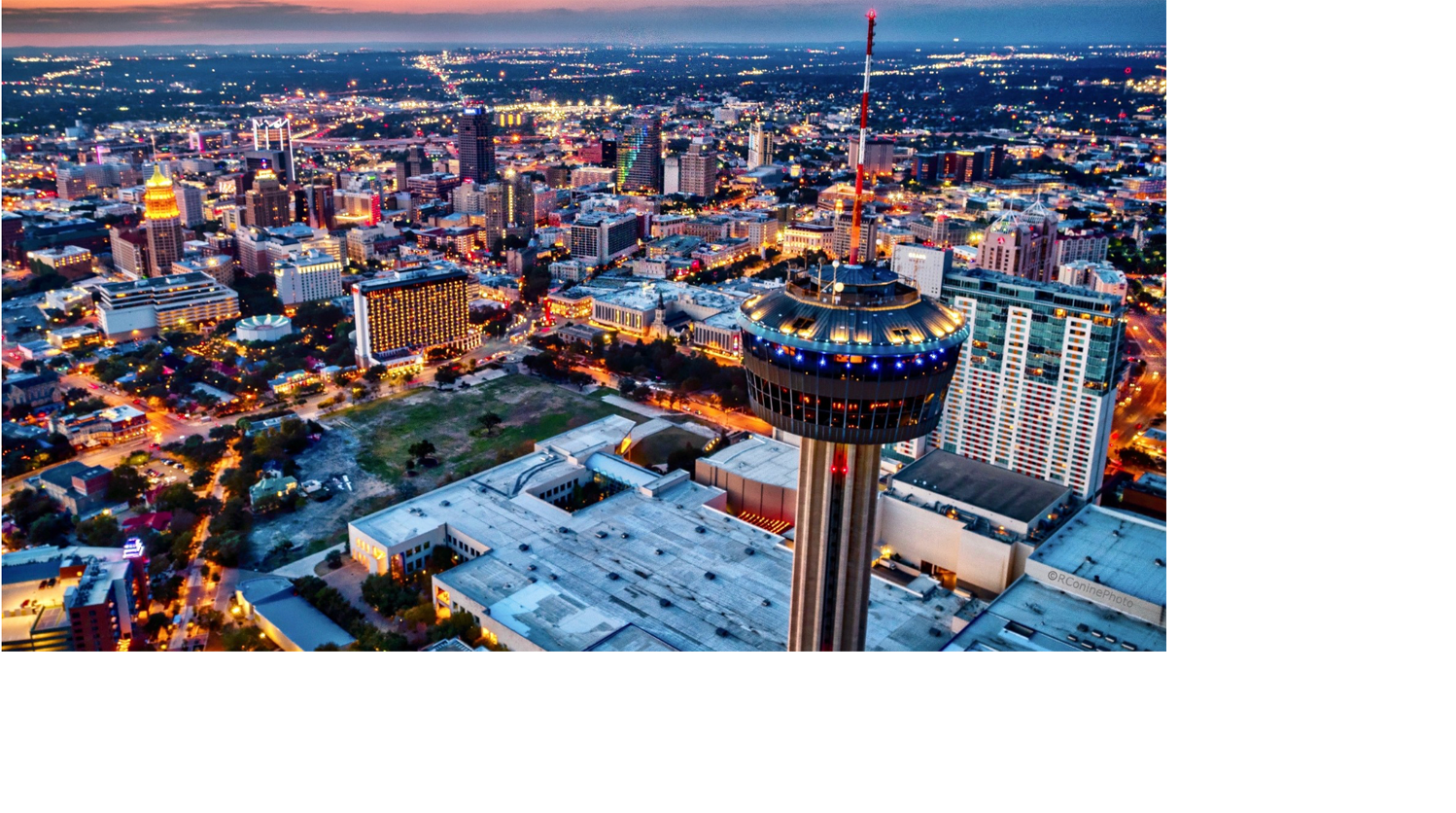
SAN ANTONIO — More than two hundred events centered around education, the arts, civic engagement and community conversation will take place this month as part of the 12th annual DreamWeek SA initiative.
The 2024 event, dubbed #TheCompassionDrive, runs Jan. 12-28 and will make use of more than 100 locations throughout San Antonio. The event’s mission is to “bridge the gap between people and ideas through a community-curated summit,” made up of open forums, film screenings, exhibits, workshops and symposiums.

DreamWeek’s 11th installation kicks off on Friday with 17 days of events, including a new series that highlights local musical talent.
Context: DreamWeek started in 2013 as a summit of panels, symposiums, exhibits and more that unite the community. It serves as a platform to foster discussions on diversity and equality.
What’s happening: DreamStage, an inaugural event and partnership between DreamVoice and Pearl, will take place Jan. 12-14.
- The music sets will be at Pearl’s amphitheater and will be free and open to the public.
- Guests can expect jazz starting at 5pm on Friday. DJ sets on Saturday and gospel and soul on Sunday start at 3:30pm.
- The musicians have not been announced.
What’s next: The full itinerary includes health screenings, tours of historic East Side sites, a soul brunch and the Mayor’s Dream Ball.
- See the schedule, including free and ticketed events, here.

